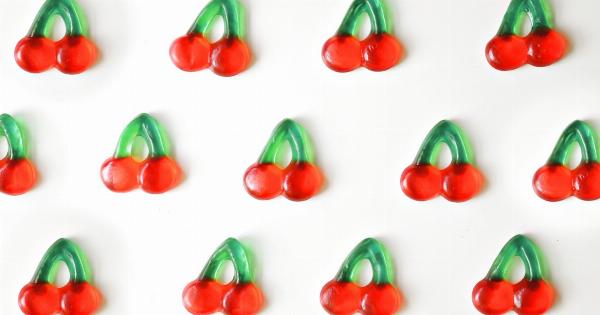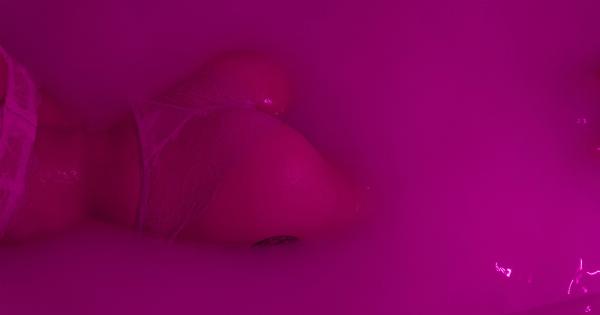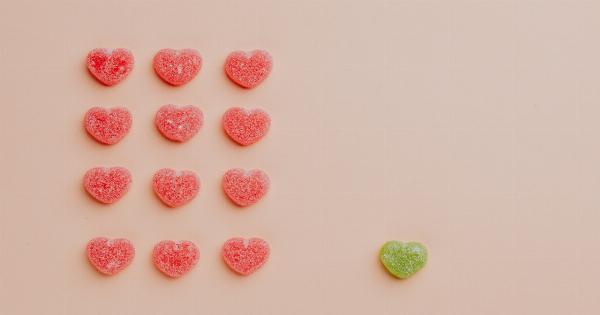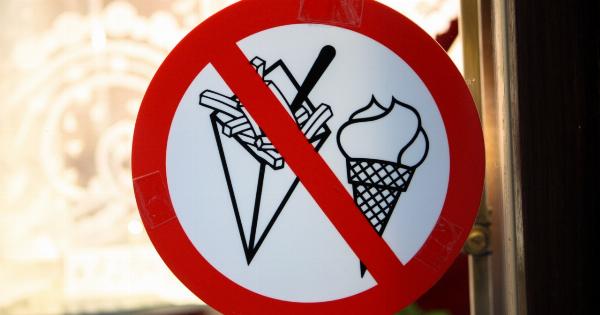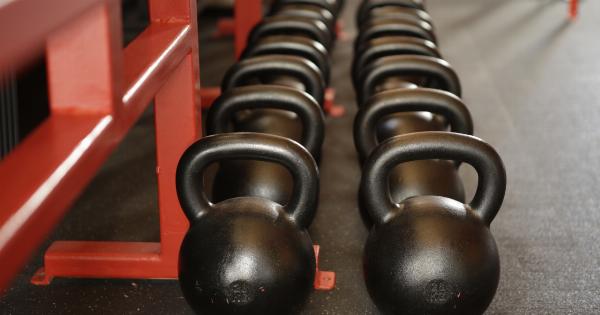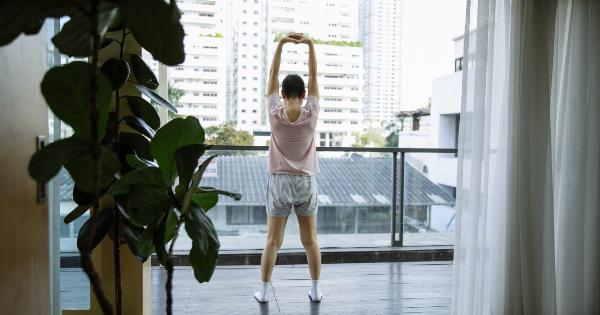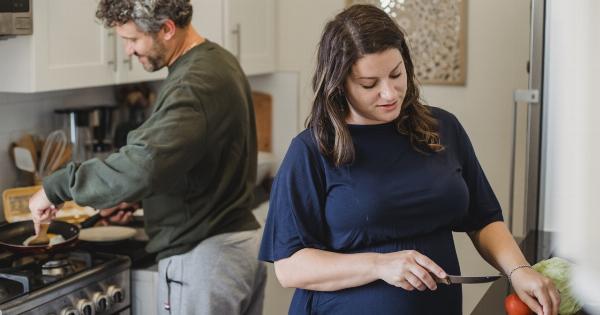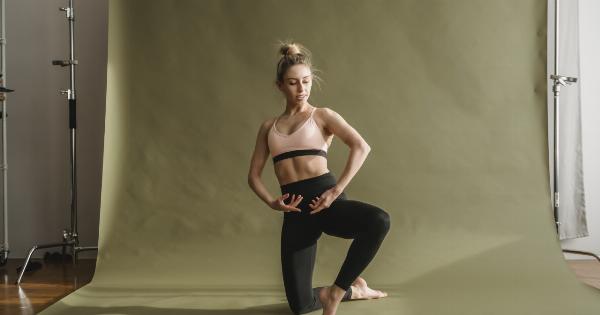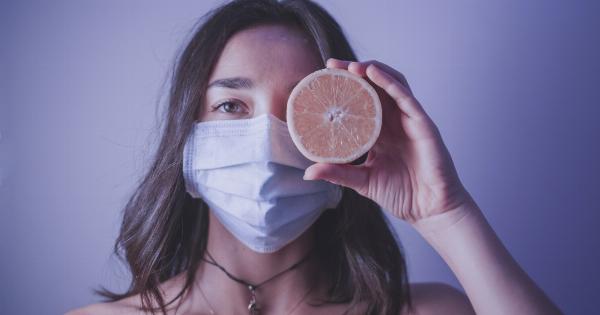Colors have an incredible impact on our perception and emotions. A particular color can evoke a wide range of feelings and emotions, and this is also the case when it comes to children.
The psychological effects of colors go beyond aesthetics, as they play a crucial role in children’s mental health, development, and overall well-being.
The Impact of Different Colors on Children’s Mental Health
Colors have the power to stimulate, relax, excite, and even calm children’s minds. It’s essential to understand the psychological effects of different colors before deciding how to use them in children’s spaces.
Here are some of the colors and their impact on children’s mental health:.
Red
Red is a vibrant color that represents excitement, energy, and passion. For children, red can be an excellent choice as it promotes energy and enthusiasm for life.
However, it’s important to use red in moderation as this color can evoke strong emotions and even aggression in some children.
Yellow
Yellow is a bright and cheery color that represents happiness, joy, and optimism. This color is perfect for children’s spaces as it creates a warm and welcoming atmosphere.
Children who spend time in yellow rooms tend to be happier and more positive. However, too much yellow can also cause overstimulation, and some children may find it too intense.
Blue
Blue is a calming and soothing color that represents peace and tranquility. This color is ideal for children’s spaces where they can relax and unwind. Blue has been known to lower blood pressure, heart rate, and even reduce anxiety.
However, too much blue can evoke feelings of sadness and depression.
Green
Green is a refreshing and calming color that represents nature and growth. This color is excellent for children’s spaces as it promotes harmony, balance, and relaxation.
Green is known to reduce stress and improve focus, making it an ideal color for study areas.
Purple
Purple is a regal and luxurious color that represents creativity and inspiration. This color is perfect for playrooms and creative spaces, as it stimulates imagination and encourages artistic expression.
Purple is also known to promote mindfulness and spiritual awareness.
The Importance of Color Psychology in Children’s Mental Health
Color psychology is the study of how colors affect people’s behavior, emotions, and moods. Understanding this psychology is crucial when it comes to designing spaces for children.
A well-designed space with the right colors can have a profound impact on children’s mental health and well-being.
Color psychology can be used to create different moods and emotions, depending on the desired outcome.
For example, warm colors like red and yellow can stimulate creativity and energy, while cool colors like blue and green can promote relaxation and calmness.
Colors can also be used to enhance specific learning abilities. For example, using certain shades of blue can improve reading speed, while green can improve reading comprehension.
The use of color psychology can also be effective in promoting socialization and teamwork skills among children.
How to Implement Color Psychology in Children’s Spaces
The implementation of color psychology in children’s spaces is easy. Here are some ways to use color to promote mental health and well-being:.
Choose Colors According to Their Psychological Effects
When it comes to designing children’s spaces, choose colors according to their psychological effects. For example, use blue in bedrooms to promote calmness and relaxation, and yellow in playrooms to encourage creativity and excitement.
Use Colors Strategically
Using colors strategically involves combining different colors to create a particular mood or emotion. For example, pairing green with blue can promote focus and concentration, while combining red and yellow can stimulate energy and enthusiasm.
Consider the Age of the Child
Children’s developmental stages can also influence how certain colors affect them. For example, newborns are most responsive to black and white, while toddlers tend to be drawn to primary colors.
Therefore, consider the child’s age and developmental stage when choosing colors for their spaces.
Conclusion
The use of color psychology should not be overlooked when designing children’s spaces. Colors have a significant impact on children’s mental health and development, affecting their emotions, behavior, and learning abilities.
Understanding the psychological effects of colors and implementing them strategically can promote positive mental health and well-being in children.

